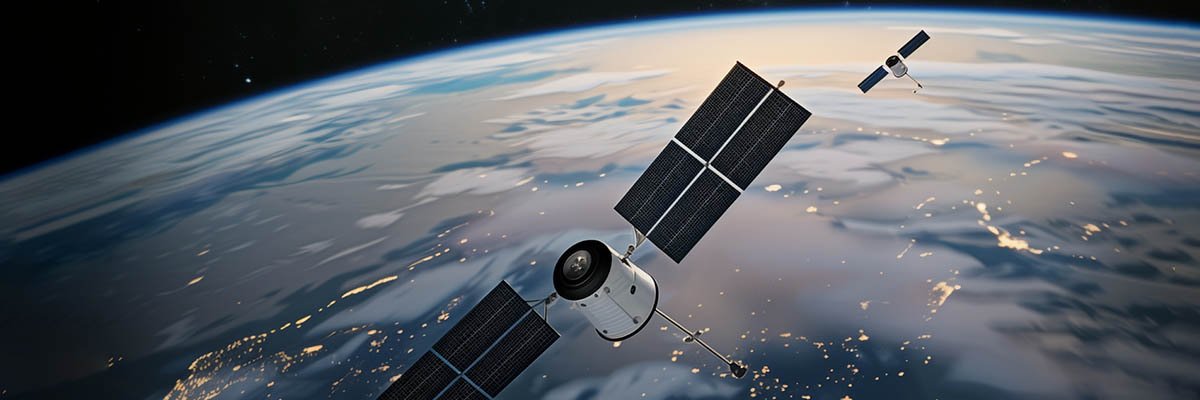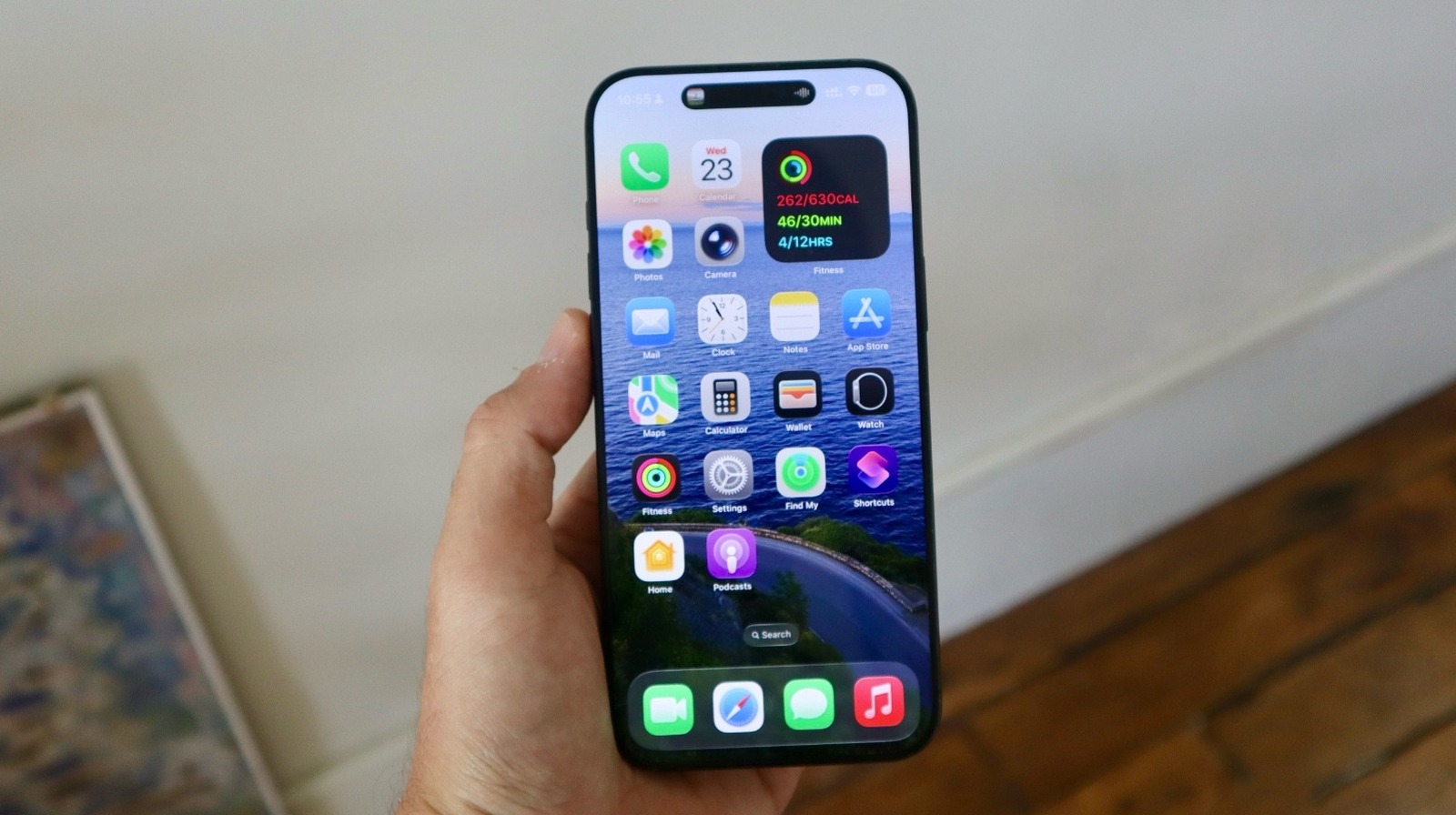Research from Gartner has pointed to the emergence of low-Earth orbit (LEO) consumer and business use cases that are driving communications service providers (CSPs) to expand the market to the point of enabling LEO satellites to become a mainstream enterprise broadband technology.
The study notes that to date, LEO satellites have primarily delivered broadband connectivity to remote locations where traditional networks don’t reach. Due to the fact that they orbit closer to the Earth than traditional satellite technology, LEO satellites can provide faster connections and lower latency. This allows them to deliver high-speed broadband and complement traditional terrestrial networks.
Gartner’s research, Forecast analysis: LEO satellite communications services worldwide, noted that the market is now entering a rapid expansion phase, with over 20 active LEO satellite service providers and more than 40,000 satellites expected in the next few years. The analyst calculates that end-user spending on LEO satellite communications services is expected to reach $4.8bn globally in 2026, an increase of 24.5% compared with the end of this year.
The analyst believes the largest growth in LEO satellite communications services in 2026 will come from businesses and consumers in remote areas with no other connectivity options, with spending expected to increase 40.2% and 36.4%, respectively. This is followed by LEO services for internet of things (IoT) connectivity (32%), maritime and aviation (13.8%), and network resilience improvement (7.7%).
Gartner’s report says emerging use cases for LEO satellite communications services can be categorised into four distinct areas: fixed and mobile broadband services; global IoT connectivity; supplementing mobile broadband services; and infrastructure backhaul.
For the former, Gartner says the main early use of LEO satellite services is for fixed and mobile broadband connectivity, especially for remote sites, and to augment existing broadband connections. Such services support use cases such as connectivity in areas with no broadband service, temporary locations like construction sites, or on ships and airplanes. They are also used for communication during emergency responses, or to improve resilience as fallback or backup connectivity to traditional broadband.
In an example cited in the report, Gartner noted that LEO-connected drones are being used in Australia to deliver 4G/5G mobile connectivity during natural disasters, while some French and US airlines are starting to offer free high-speed Wi-Fi to passengers using LEO satellite communications services.
Second, LEO IoT satellites can complement or even replace traditional IoT networks for applications needing global coverage, with limited bandwidth and latency requirements. They can be used for global asset tracking, agriculture, oil and gas, natural resources, transportation and logistics, military sensing, and security monitoring. The example given is global IoT connectivity deployed for land, sea and air using LEO satellites. An automaker in China has already launched 20 LEO satellites to improve navigation for autonomous vehicles, and plans to have a constellation of 240 satellites.
In terms of supplementing mobile broadband services, Gartner suggests LEO satellite communications services can supplement mobile broadband by providing seamless coverage and enhancing the user experience through direct-to-device connections and integration with 5G non-terrestrial networks.
Finally, regarding infrastructure backhaul, the report says both CSPs and companies with geographically dispersed operations can use LEO satellites for reliable and high-bandwidth connectivity, supporting critical applications, data transfer and communication needs independent of traditional terrestrial limitations. For example, LEO satellites can provide the necessary backhaul for the operations of government agencies and defence organisations, which often require secure and reliable communication links in remote or hostile environments.
Commenting on the report, Gartner senior director analyst Khurram Shahzad said there would be swings and roundabouts for the industry going forward. “As use cases continue to grow, companies and consumers can expect consistent internet access and internet of things sensing anywhere, without being limited by location. Even airplanes, ships and sea platforms will benefit from new means of network resiliency and a ubiquitous internet.
“Despite these expanding use cases, the industry remains nascent, with various limitations, including regulatory barriers in some countries and capacity constraints in certain areas. LEO services can also encounter roaming restrictions, lack interoperability and aren’t certified for all mission-critical maritime needs. It is important for CSPs to assess strategies on a use case basis.”









